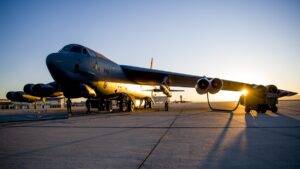
The conference report on the fiscal 2022 omnibus spending bill zeroes the $161 million U.S. Air Force request for the buy of the first 12 Lockheed Martin [LMT] AGM-183A Air-Launched Rapid Response Weapon (ARRW) and redirects $80 million of that funding to the Air Force research and development account to remedy an ARRW "testing shortfall." The House and Senate versions of the fiscal 2022 defense appropriations bill had advised reductions in ARRW procurement and said that a full buy of…














